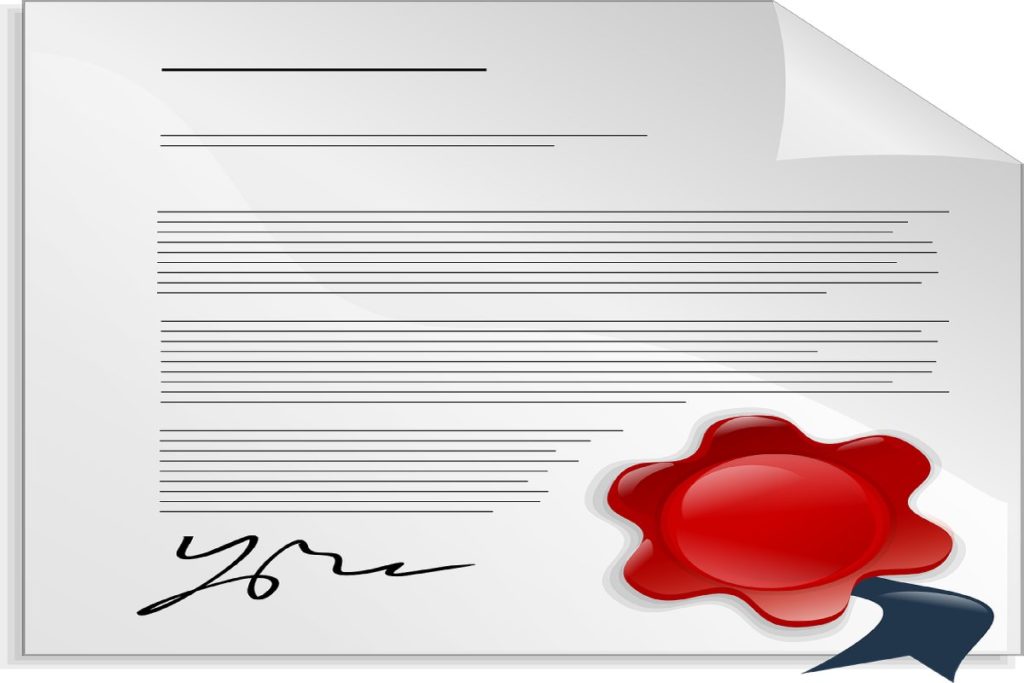The Project Management Institute Risk Management certification (PMI-RMP)® is in gear toward project risk managers. Attaining this certification shows that you simply will describe and apply the principles and tools of risk management.
Table of Contents
Following Are Five Tips To Assist You To Study For And Pass The PMI-RMP® Exam:
1. Recognize The Five Domains Of Risk Management.
The PMI-RMP has a hundred and seventy queries; a hundred and fifty are scored, and therefore, the others are pretest questions. The test is split among PMI’s 5 Domains of Risk Management, which are:
Risk Strategy and Planning: 19-20 p.c. Issues tasks and processes for choosing and developing risk management procedures and tools, manufacturing the danger management arrange, and setting procedures for evaluating risks and change the danger management arrange. Be at home with the elements of the danger management arrange, particularly its inputs.
Stakeholder Engagement: 19-20 p.c. Activities associated with obtaining stakeholders and project team members on board with risk management. These tasks are necessary to develop a team-wide, and even organization-wide, commitment to risk management. Be at home with risk communication procedures, enterprise environmental factors and structure method assets, and risk tolerance analysis.
Risk method Facilitation: 25-28 p.c. Activities associated with the execution of the danger management strategy. Be at home with qualitative and quantitative risk analysis tools and techniques, estimating likelihood and impact, and developing contingency reserves.
Risk observance and Reporting: 19-20 p.c. Activities associated with evaluating risk response against information gathered, change stakeholders and therefore the project team on risks, and unendingly up risk management. Be at home with information gathering and management techniques and communications management.
Perform specialized Risk Analyses: 14-16 p.c. Activities associated with advanced risk identification, analysis, and tools and techniques. Be at home with statistics, particularly regarding deciphering quantitative and qualitative information, and with building representative risk models.
2. Be At Home With Each Quantitative And Qualitative Risk Technique.
Quantitative risk techniques to check embrace sensitivity analysis, expected cost (EMV), and Monte Carlo simulation. Integrated cost/schedule, multi-factor multivariate analysis, and bowtie analysis. Qualitative risk techniques embrace probability-impact analysis and situation coming up with. Don’t forget to perform an analysis for each threat and opportunity. Responding to threats will decrease the possibility of project failure; however, having the ability to reply to opportunities will facilitate an increase in the project’s price.
3. Begin With The PMBOK® Guide; However, Be Ready To Maneuver On The Far Side.
Chapter eleven of the PMBOK® Guide deals with Project Risk Management and is a wonderful resource for every one of the things that’s on the test. It’ll not be enough simply to browse Chapter eleven, though; you’ll have to be compelled to perceive and be terribly at home with every one of the processes and its inputs, tools, and techniques, and outputs. Further chapters from the PMBOK® Guide that may be useful in your study embrace neutral Management (Chapter 13), Communication Management (Chapter 9), Human Resource Management (Chapter 10), Quality Management (Chapter 8), and acquisition Management (Chapter 12).
- Practice customary for Project Risk Management (PMI) which fits any into risk management training processes.
- Study Guide for the PMI Risk Management skilled (RMP)® test, Second Edition by Abdulla J. Alkuwaiti (Amazon)
- Risk Management Tricks of the Trade for Project Managers and PMI-RMP test preparation Guide by Rita Mulcahy (Amazon)
- PMI-RMP test preparation Success Series: Flashcards by Tony Johnson (Amazon)
4. Be At Home With Neutral Analysis Because It Relates To Risk Management
This includes developing a way of every stakeholder’s risk perspective. Keep in mind that a risk perspective consists of 3 parts:
- Risk perspective, or what quantity risk one is willing to require to induce a definite reward
- Risk tolerance, or what quantity risk one is willing to face up to
- Risk threshold, or the purpose higher than that any risk is unacceptable.
5. Be At Home With Communication Procedures Associated With Risk Management.
The key points to recollect here are to think about each communication to involve stakeholders in shaping the danger management strategy and communications to update stakeholders on risks. Each is necessary. Stakeholders WHO facilitate outline project risks are seeming to be additional performing on the project and can be additionally wanting to hear updates. Certify that stakeholders and, therefore, the project team receive regular updates inconsistent format on however project risks are progressing.
- KNOW MORE:- healthcoachee
- Also Read : Advertising Agencies Submit Guest Post

